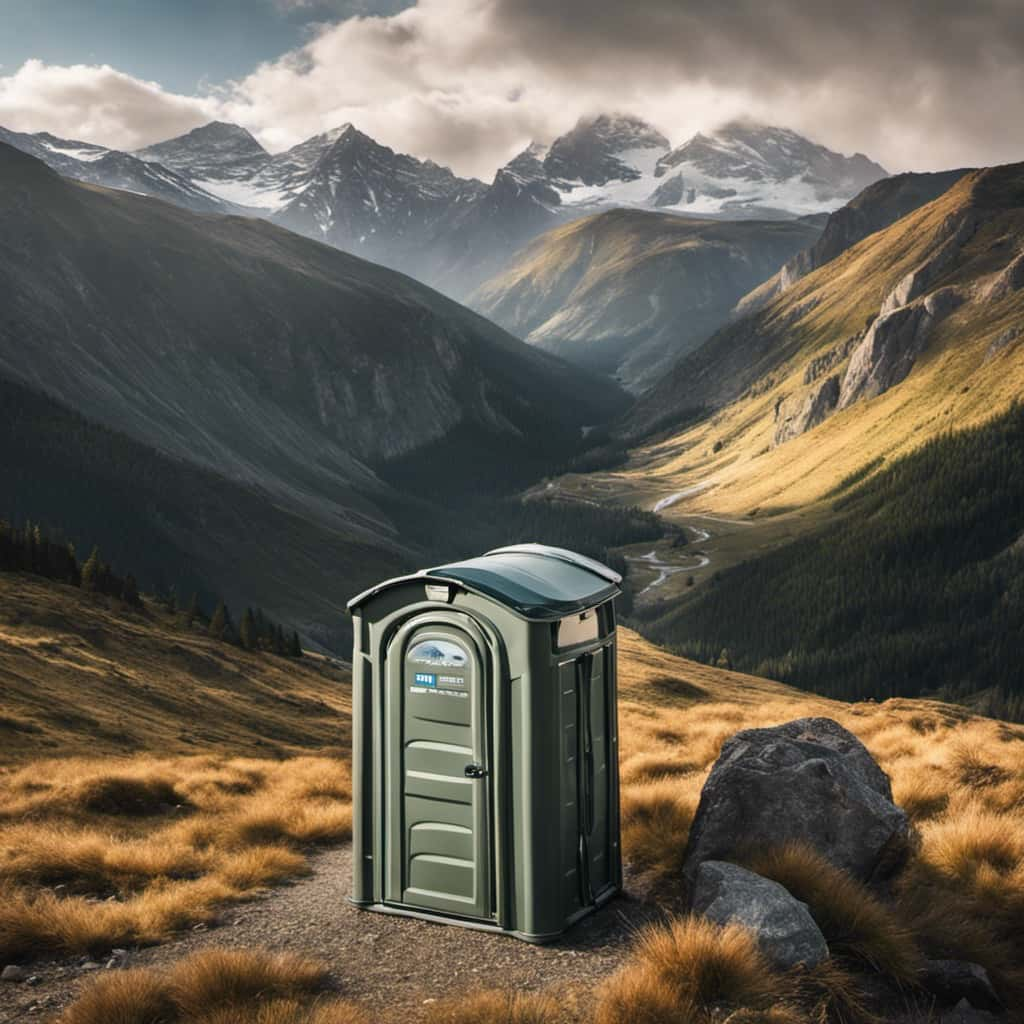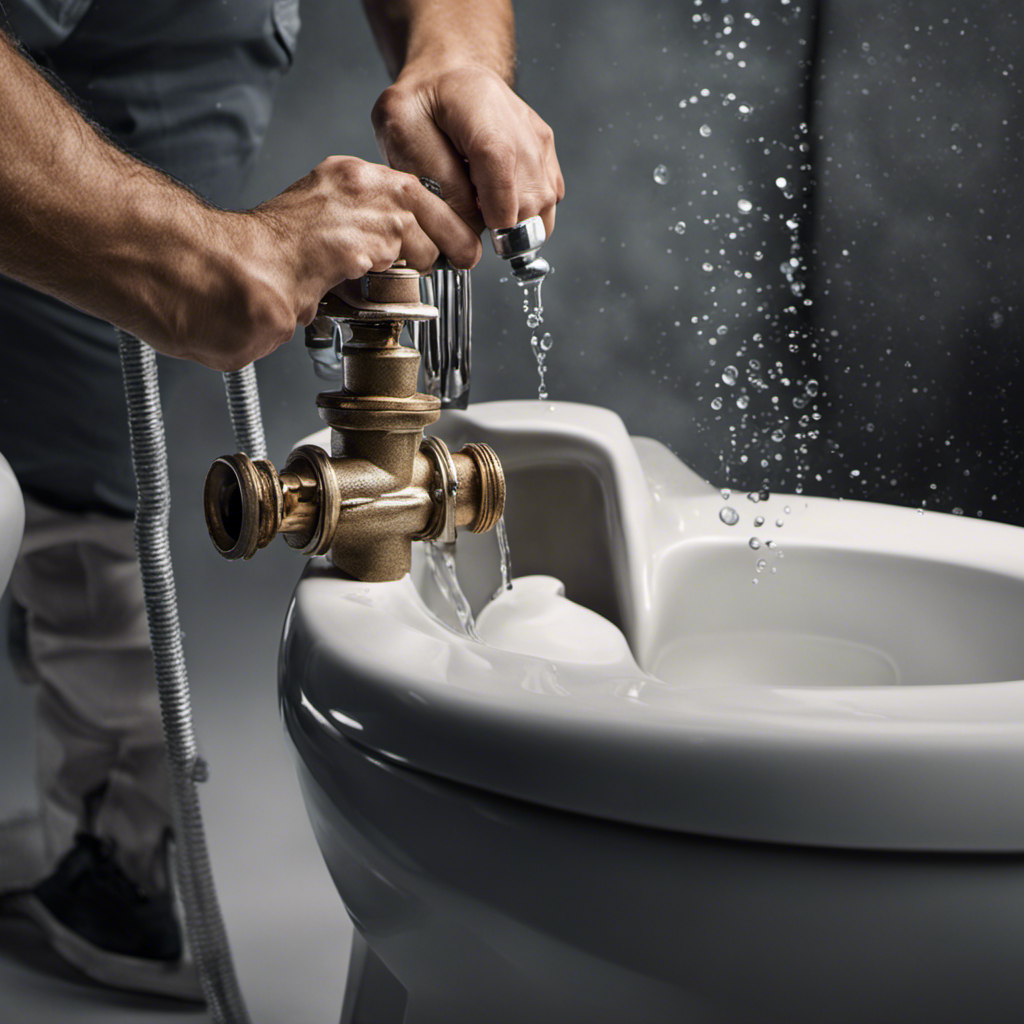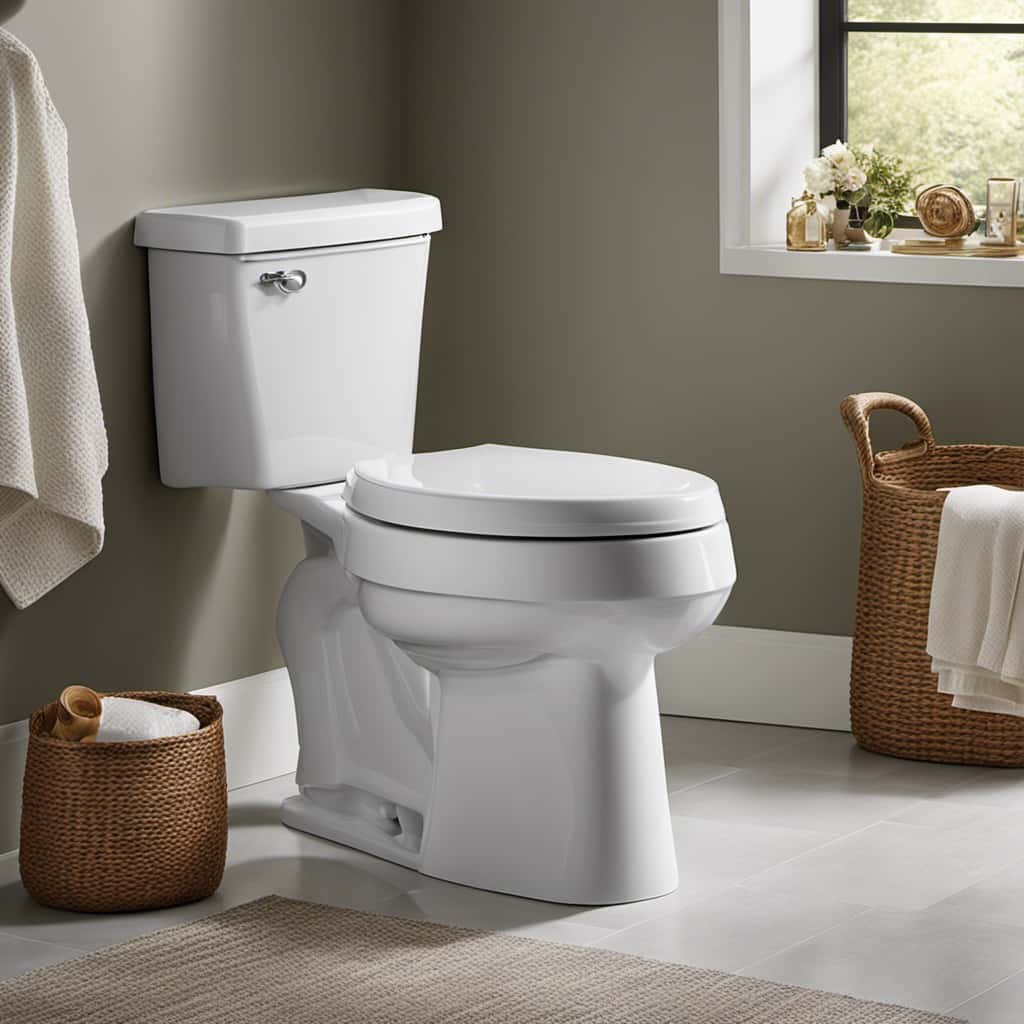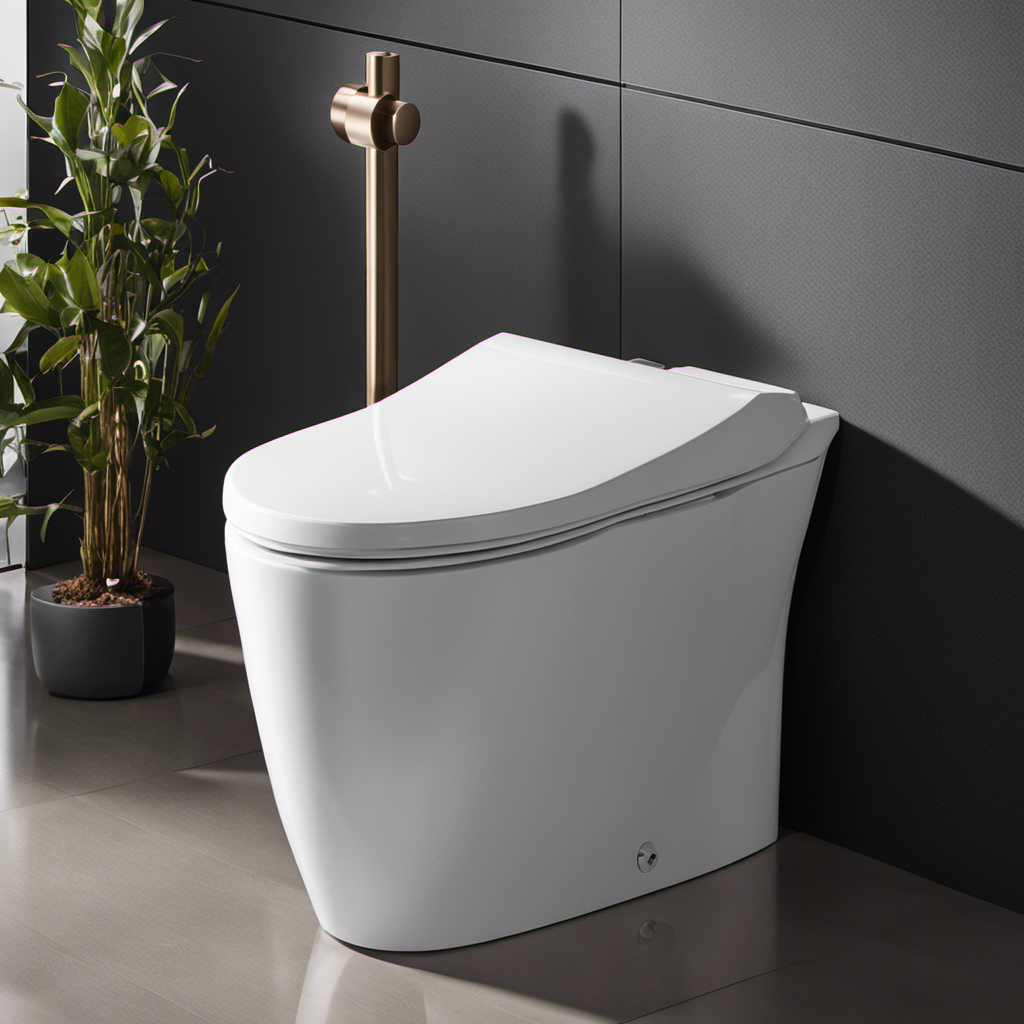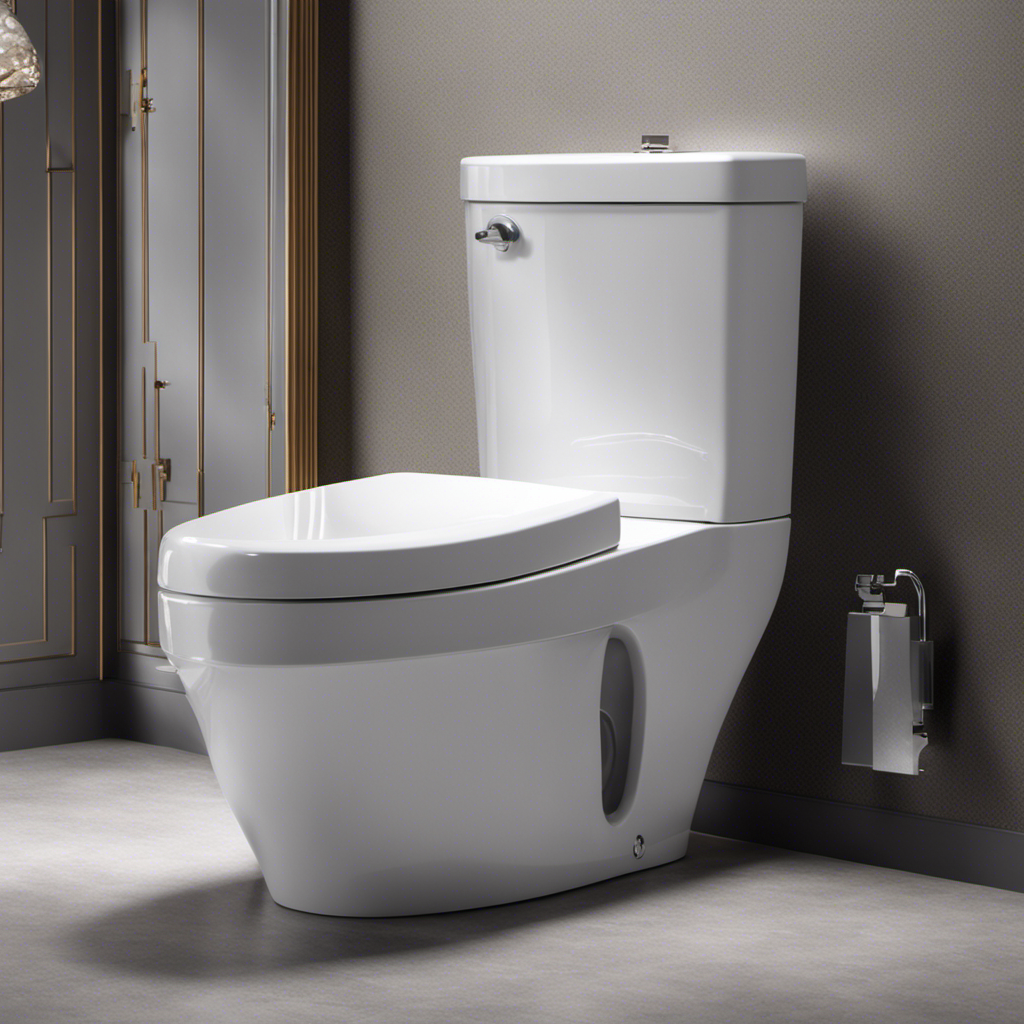We understand the frustration of dealing with a clogged toilet. But don’t worry, we have the solution for you.
In this article, we’ll explore different methods that will dissolve that stubborn blockage and get your toilet flowing again. From chemical drain cleaners to natural remedies like baking soda and vinegar, we’ve got you covered.
So, say goodbye to clogged toilets and hello to a smoothly functioning bathroom. Let’s dive in and conquer this issue together!
Key Takeaways
- Chemical drain cleaners, baking soda and vinegar, hot water and dish soap, and a plunger and toilet auger are effective methods for dissolving a blocked toilet.
- Enzyme-based toilet cleaners are a safer and environmentally friendly alternative to chemical drain cleaners.
- These methods are safe for humans and pets, non-corrosive to pipes and plumbing, and have minimal odor.
- It is important to follow instructions and use sparingly, as some methods may not work for severe blockages.
Chemical Drain Cleaners
When dealing with a blocked toilet, one effective option for clearing the blockage is by using chemical drain cleaners. These cleaners are specifically formulated to dissolve and break down the materials causing the blockage, such as hair, grease, and toilet paper. They work by creating a chemical reaction that generates heat and releases gases, which helps to dislodge and remove the clog.
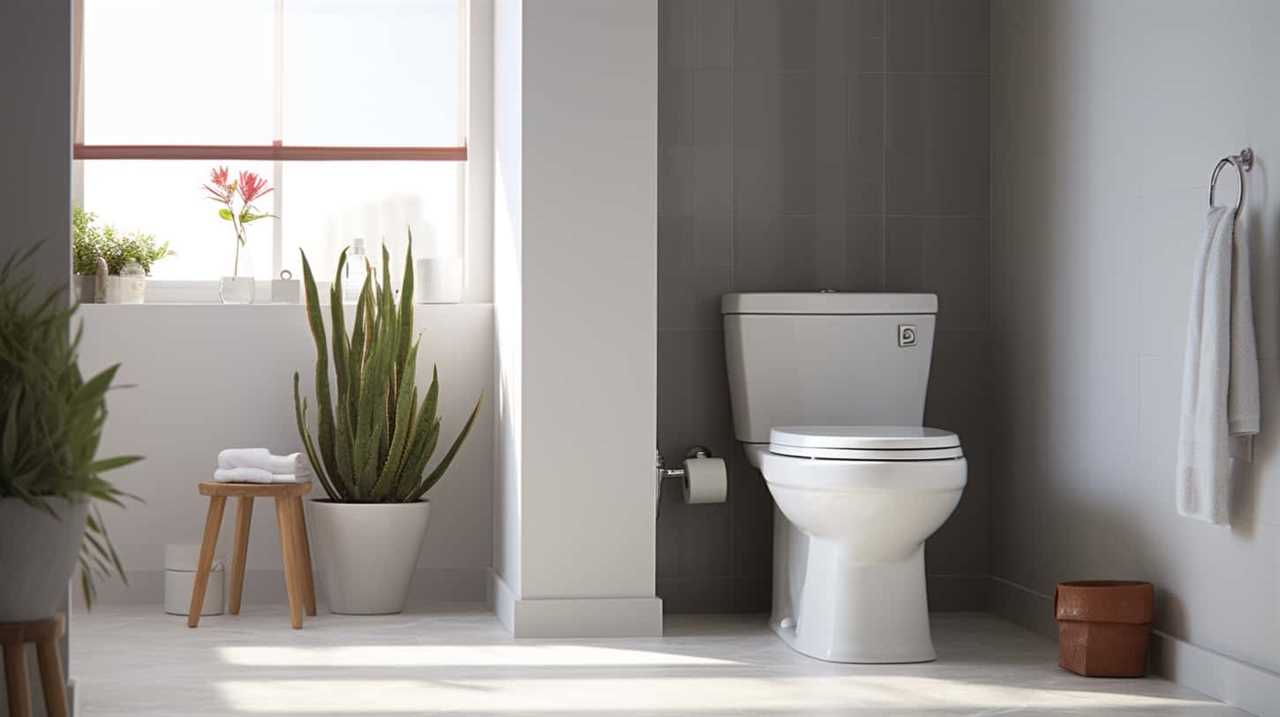
Chemical drain cleaners are readily available at most hardware and home improvement stores, making them a convenient solution for homeowners. However, it’s important to follow the instructions carefully and use them sparingly, as they can be harmful to both the environment and your plumbing system if used excessively.
If the blockage persists or if you’re unsure about using chemical cleaners, it’s recommended to seek professional plumbing services or consider using a toilet snake for a more targeted and effective approach.
Baking Soda and Vinegar
To dissolve a blocked toilet, one effective option is to use a mixture of baking soda and vinegar. Baking soda, also known as sodium bicarbonate, has many benefits when it comes to cleaning and unclogging. It is a natural deodorizer and has mild abrasive properties that can help break down blockages. Vinegar, on the other hand, is a versatile solution that is commonly used for cleaning due to its acidic properties. When baking soda and vinegar are combined, they create a chemical reaction that produces carbon dioxide gas. This gas helps to dislodge and loosen the blockage, allowing water to flow freely again.
Here is a table summarizing the benefits of using baking soda and vinegar to dissolve a blocked toilet:

| Baking Soda Benefits | Vinegar Uses | Combined Effect |
|---|---|---|
| Natural deodorizer | Versatile cleaner | Chemical reaction |
| Mild abrasive properties | Acidic properties | Releases carbon dioxide gas |
| Environmentally friendly | Removes stains | Breaks down blockages |
Using baking soda and vinegar is a safe and effective method to unclog a toilet. However, it is important to note that this method may not work for severe blockages or if there is a larger underlying issue. In such cases, it is recommended to seek professional help.
Hot Water and Dish Soap
We found that using hot water and dish soap is another effective method for dissolving a blocked toilet. This homemade toilet unclogging method is simple yet powerful.
To begin, heat up a pot of water on the stove until it reaches a near-boiling temperature. Next, add a generous amount of dish soap to the toilet bowl. The heat from the water combined with the soap’s grease-cutting properties creates a powerful solution that can break down even stubborn clogs.
Carefully pour the hot water into the toilet bowl, aiming for the center. Allow it to sit for a few minutes before attempting to flush. The hot water and dish soap combination helps to lubricate the pipes, allowing the blockage to dislodge and flow freely.

If this method doesn’t work, it’s time to move on to the next solution: the plunger and toilet auger.
Plunger and Toilet Auger
Our preferred method for unclogging a blocked toilet is by using a plunger and toilet auger. These tools are essential for DIY toilet unclogging and can effectively remove toilet clogs.
Here are the key steps to follow when using a plunger and toilet auger:
- Step 1: Plunger
- Place the plunger over the drain hole in the toilet bowl.
- Apply firm downward pressure and create a tight seal.
- Pump the plunger vigorously to generate suction and dislodge the clog.
- Repeat the process if necessary until the water starts draining.
- Step 2: Toilet Auger
- Insert the toilet auger into the drain hole.
- Rotate the handle clockwise while applying gentle pressure.
- Continue pushing and rotating until you feel resistance.
- Slowly retract the auger, pulling the clog out with it.
Enzyme-based Toilet Cleaners
Enzyme-based toilet cleaners offer an effective solution for unclogging a blocked toilet, complementing the use of a plunger and toilet auger. These cleaners contain enzymes that break down organic waste, such as toilet paper, hair, and food particles. Unlike chemical drain cleaners, enzyme-based cleaners are environmentally friendly. They do not contain harsh chemicals that can harm the environment or corrode pipes. Additionally, enzyme-based cleaners are generally safer to use and pose minimal risk to humans and pets. To emphasize the differences between enzyme-based cleaners and chemical drain cleaners, let’s compare their effectiveness in a table:
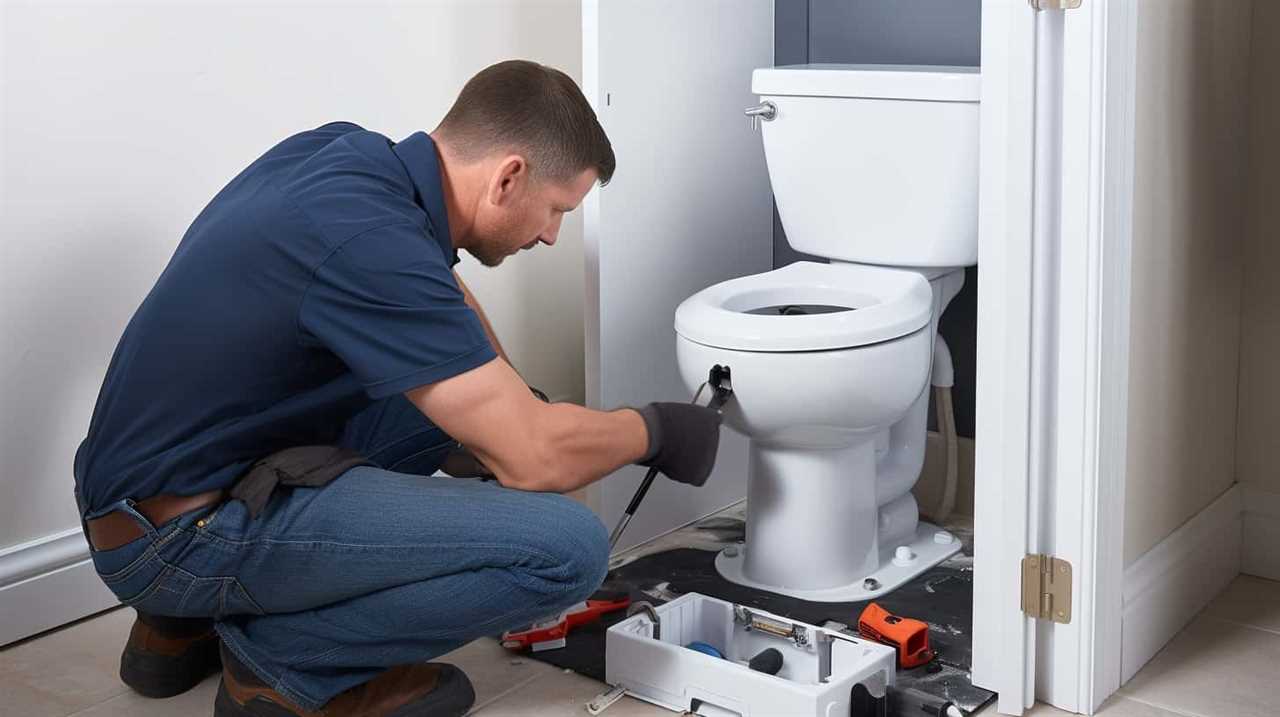
| Aspect | Enzyme-based Toilet Cleaners | Chemical Drain Cleaners |
|---|---|---|
| Environmental impact | Low | High |
| Effectiveness in unclogging toilets | Effective | Effective |
| Safety for humans and pets | Safe | Potentially harmful |
| Corrosiveness to pipes and plumbing | Non-corrosive | Corrosive |
| Odor and scent | Minimal odor | Strong odor |
Frequently Asked Questions
Are Chemical Drain Cleaners Safe to Use in Toilets?
Chemical drain cleaners are not safe for use in toilets. Instead, consider natural methods for unclogging toilets, such as using a plunger, a toilet auger, or a mixture of baking soda and vinegar.
Can Baking Soda and Vinegar Be Used Together to Unclog a Toilet?
Using baking soda and vinegar together is a safe and effective method to unclog a toilet. It’s a natural alternative that won’t harm your pipes or the environment. Plus, it’s affordable and readily available.
Is Hot Water and Dish Soap an Effective Method for Unclogging Toilets?
Hot water and dish soap is not an effective method for unclogging toilets. However, there are other natural toilet unclogging methods that can be used as hot water alternatives.
How Do You Properly Use a Plunger and Toilet Auger to Unclog a Toilet?
To properly use a plunger, position it over the drain and create a tight seal. Push and pull the handle vigorously to generate suction and dislodge the blockage. For a toilet auger, insert it into the drain and rotate it clockwise to break up the clog.
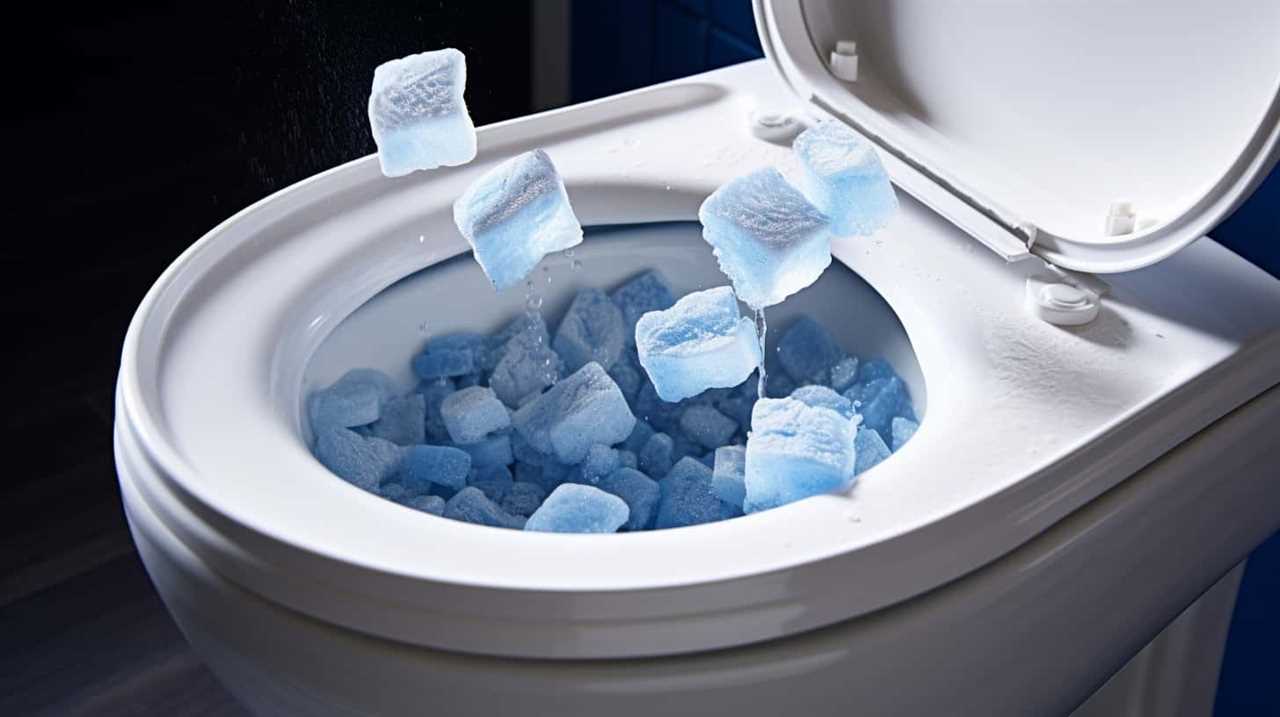
What Are the Benefits of Using Enzyme-Based Toilet Cleaners to Dissolve a Blocked Toilet?
Enzyme-based toilet cleaners offer several benefits for dissolving a blocked toilet. They are effective in breaking down organic waste, reducing odors, and preventing future clogs. As an alternative to traditional methods, they provide a convenient and eco-friendly solution.
Conclusion
In conclusion, when faced with a blocked toilet, there are several effective solutions available. Chemical drain cleaners, baking soda and vinegar, hot water and dish soap, as well as a plunger and toilet auger, can all help to dissolve the blockage.
For a more eco-friendly option, enzyme-based toilet cleaners are also a viable choice.
Just like a superhero swooping in to save the day, these methods act quickly and efficiently to unclog your toilet and restore peace to your bathroom.
